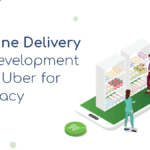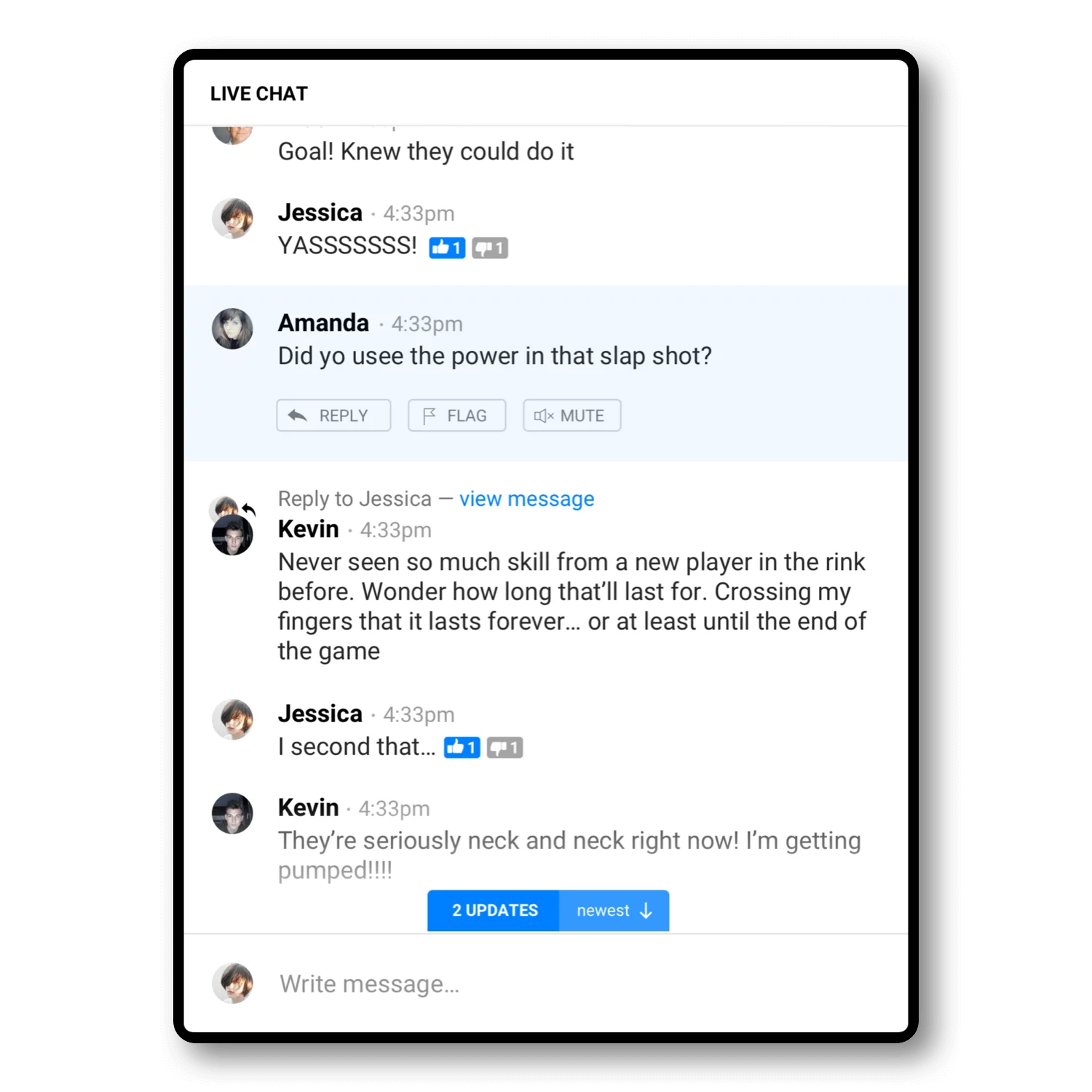
In the ever-evolving landscape of education and corporate training, the need for efficient and effective learning management systems (LMS) is paramount. As technology advances and learner expectations shift, organizations often find themselves faced with the daunting task of migrating to a new LMS platform. This process can be complex, time-consuming, and fraught with potential pitfalls if not approached strategically. In this article, we will explore the intricate process of LMS migration, highlighting the challenges, best practices, and key considerations to ensure a smooth transition.
Understanding the Importance of LMS Migration
An LMS serves as the backbone of an organization’s eLearning initiatives, facilitating the delivery, tracking, and management of educational content. However, as technological advancements continue to reshape the learning landscape, existing LMS platforms may become outdated, inefficient, or incompatible with emerging trends and user requirements. This is where the need for LMS migration arises.
Migrating to a new custom LMS platform can offer numerous benefits, including improved user experience, enhanced functionality, better integration with other systems, and compliance with evolving industry standards. Additionally, a modern LMS can provide organizations with valuable data and analytics, enabling them to make informed decisions about their learning programs and optimize learner engagement and outcomes.
Challenges and Considerations in LMS Migration
While the prospect of migrating to a new LMS may seem enticing, the process itself is not without its challenges. One of the primary concerns is data migration, which involves transferring vast amounts of course content, learner records, and historical data from the legacy system to the new platform. Ensuring the integrity and accuracy of this data during the migration process is crucial, as any loss or corruption could have severe consequences for learners and the organization.
Another significant challenge is user adoption and change management. Transitioning to a new LMS can disrupt established workflows and processes, leading to potential resistance from learners and instructors who are accustomed to the old system. Effective communication, training, and support are essential to mitigate these challenges and ensure a smooth user experience throughout the migration process.
Additionally, organizations must consider the technical requirements and compatibility of the new LMS with existing systems and infrastructure. Integrating the new platform with other tools, such as authoring tools, video conferencing platforms, and learning record stores, can be complex and may require significant resources and expertise.
Best Practices for Successful LMS Migration
To navigate the challenges of LMS migration and ensure a successful transition, organizations should adopt a comprehensive and well-planned approach. Here are some best practices to consider:
1. Establish a dedicated migration team: Assemble a cross-functional team comprising representatives from various departments, including IT, learning and development, and subject matter experts. This team will be responsible for overseeing and executing the migration process, ensuring that all stakeholders are involved and their needs are addressed.
2. Conduct a thorough needs assessment: Before selecting a new LMS, it is crucial to conduct a comprehensive needs assessment to identify the organization’s specific requirements, pain points, and desired features. This analysis will guide the selection process and ensure that the new platform aligns with the organization’s learning objectives and learner needs.
3. Develop a detailed migration plan: Create a comprehensive migration plan that outlines the project’s scope, timelines, roles and responsibilities, and contingency measures. This plan should include a detailed data migration strategy, user training and communication plans, and a risk management framework to address potential issues and mitigate their impact.
4. Engage stakeholders and communicate effectively: Effective communication is key to ensuring a smooth transition. Engage with stakeholders, including learners, instructors, and administrators, throughout the migration process. Provide regular updates, gather feedback, and address concerns to foster buy-in and minimize resistance to change.
5. Conduct thorough testing and piloting: Before fully implementing the new LMS, conduct extensive testing and piloting to identify and address any issues or compatibility problems. Involve a diverse group of users in the testing process to gather feedback and refine the system’s functionality and user experience.
6. Provide comprehensive training and support: Invest in comprehensive training programs to equip users with the knowledge and skills required to navigate the new LMS effectively. Offer ongoing support and resources, such as user guides, video tutorials, and helpdesk services, to ensure a seamless transition and continuous user adoption.
7. Leverage expert guidance and support: LMS migration is a complex undertaking, and partnering with experienced consultants or vendors can be invaluable. These experts can provide guidance, best practices, and technical support throughout the migration process, ensuring that potential pitfalls are avoided and the transition is executed efficiently.
8. Maintain data security and compliance: Throughout the migration process, it is crucial to prioritize data security and compliance with relevant regulations and industry standards. Implement robust security measures, ensure proper data handling protocols, and maintain thorough documentation to safeguard sensitive information and mitigate risks.
Embracing the Future of Learning
LMS migration is a significant undertaking that requires careful planning, execution, and stakeholder engagement. While the process may seem daunting, the benefits of transitioning to a modern and efficient LMS platform can be transformative for an organization’s learning initiatives.
By following best practices, leveraging expert guidance, and fostering effective communication and user adoption, organizations can navigate the challenges of LMS migration and unlock the potential of a powerful learning management system. Ultimately, a successful LMS migration positions organizations to deliver engaging, personalized, and effective learning experiences, empowering learners to achieve their goals and driving organizational success in an increasingly competitive landscape.








